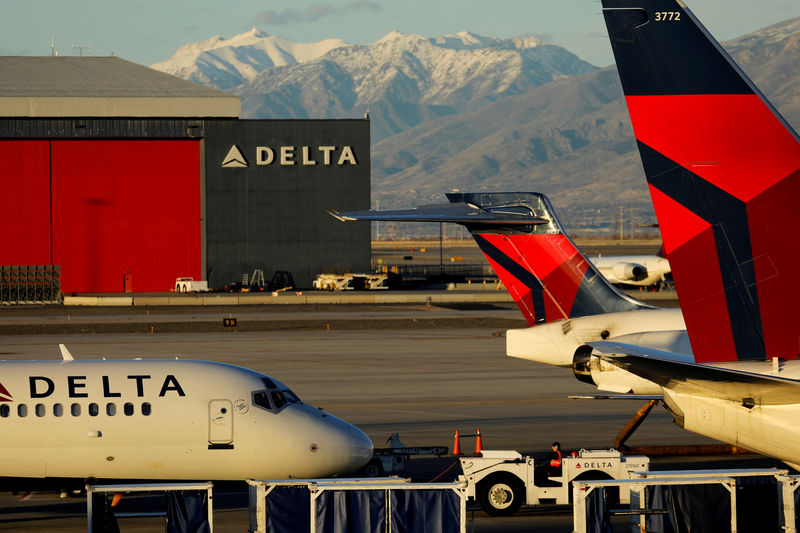Delta Air Lines (NYSE:DAL) reported stronger-than-expected EPS numbers for the September quarter, sending its shares more than 1% higher in pre-open Thursday trade.
Earnings per share of $2.03 topped the analyst estimate of $1.97. The company's revenue for the quarter was $14.6 billion, slightly exceeding the consensus estimate of $14.55 billion.
Delta Air Lines provided guidance for the full fiscal year 2023, expecting EPS in the range of $6.00 to $6.25, a change compared to the prior forecast of $6-$7. Analysts were looking for FY EPS of $6.03.
Delta expects 4Q total revenue to increase by 9% to 12% year-over-year, with an operating margin of 9% to 11%.
For the full year, they anticipate total revenue to grow by about 20% year-over-year, with an operating margin of approximately 11.5%. The airline also notes an improvement in business travel as corporations announce the return to office initiatives.
"Delta continues to set itself apart as a trusted consumer brand delivering welcoming, caring and elevated service by the best people in the industry. Our differentiated position supports our expectations for full year revenue growth of 20 percent over 2022, and pre-tax earnings of over $5 billion, a near doubling over prior year earnings,” said Ed Bastian, Delta's chief executive officer.
Passenger revenue stood at $13.12 billion, showing a 14% YoY growth, slightly surpassing the estimated $13.08 billion. However, cargo revenue was at $154 million, down 36% from the previous year, falling short of the estimated $199.1 million.
The passenger load factor was at 88%, a slight improvement from 87% in the previous year, and exceeding the estimated 86.9%. Available seat miles reached 73.23 billion, up 16% YoY, and versus the consensus of 73.14 billion.
Revenue passenger miles grew to 64.10 billion, marking a 17% YoY increase, slightly above the estimated 63.53 billion. Adjusted net income showed significant growth, reaching $1.31 billion, up 35% from the previous year and surpassing the estimated $1.25 billion. The yield per passenger mile was 20.47 cents, representing a 2.2% year-over-year decrease.
